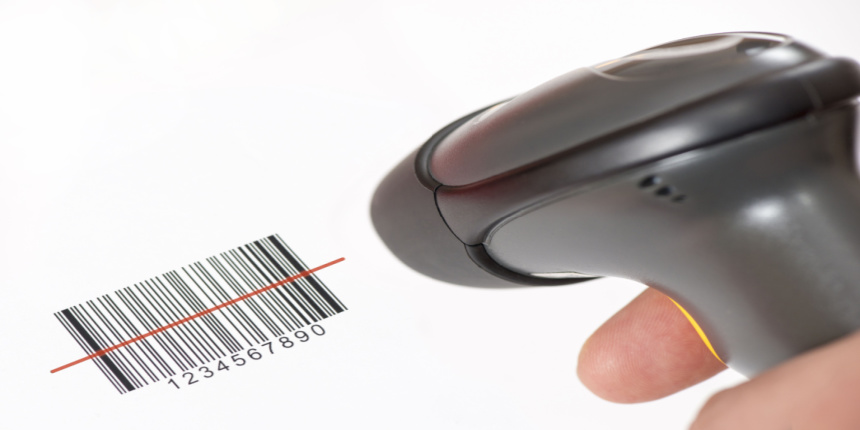BCR Full Form
What is Full Form of BCR ?
BCR as Barcode Reader
BCR is an abbreviation for Barcode Reader for laptop entry devices. Barcodes are made up of both black and white strains. This is machine-readable code in the form of numbers and lines that are mostly parallel and are printed on all products. These lines include numbers and dates that can be easily scanned with a barcode scanner. And this data may be easily input into the laptop. Barcode structures have been proven to be quite helpful in all industries. Costs and stock tiers of their product might be balanced and tracked with the aid of these large businesses. Most commonly used by companies to boost the productivity and performance of computer-based systems.

BCR as Business Card Reader
Like any laptop scanner, the business/corporate card reader allows users to scan their business cards into their laptops and save them in virtual storage. Using OCR (Optical Character Recognition) software, computer scanners may experiment with textual content files and turn them into the inputted textual material. The enterprise card reader works on a similar premise, evaluating the text on the business card and converting it to the text.
BCR as Backspace Card Reader
A backspace card reader is a device that can decode the information stored in a magnetic stripe or microchip on a credit or debit card. Today's credit cards incorporate the cardholder's personal information on magnetic stripes, microchips, or both. This record contains the cardholder's phone and account numbers, the card's expiration date, and the verification code. Modern card readers can quickly decode these records from the card and forward them to various events within the charging network for transaction clearance. Computer architectures allow the transactions to be completed in a matter of seconds. Previously, merchants had to rely on physical copies to extract the required information from the customer's card. The "Knuckle Buster" is one of the most well-known devices. Vendors typically scrape the tool with their knuckles while attempting to create a replica. Currently, such devices are often utilised only as a backup option in the event of a digital machine breakdown.